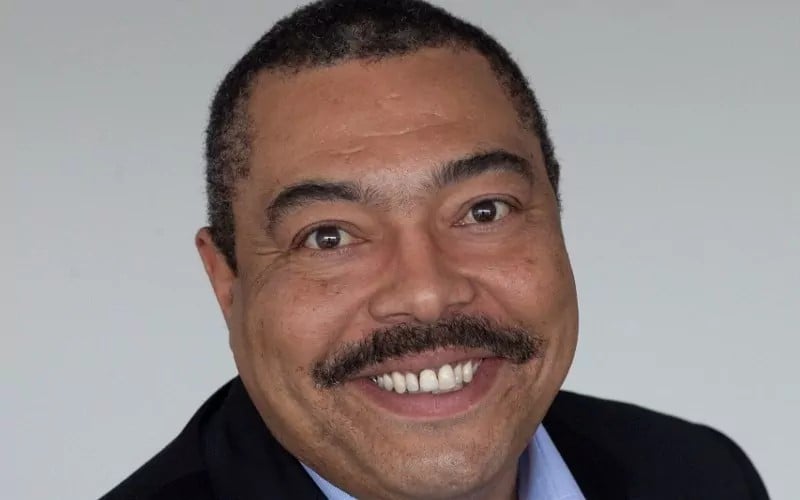A serial cybersecurity entrepreneur has warned founders against selling up before maximising the potential of their business.
Ed Macnair founded SaaSID, which he describes as the first cloud access security broker, in 2011.
“We started the business before people even realised that they needed the product,” he tells TechBlast.
“Being that far ahead of the market can make it a real struggle. In retrospect, we should have raised funding in the US, and used it to educate the market.”
Within two-and-a-half years the company had joined Intermedia and Macnair took an executive role within the parent organisation, which he left after a year to found his current business, Censornet.
“We sold the business too early, before the market was fully mature. Now, the market we began to address back in 2011 is massive,” he explains.
“Identifying the ‘right’ moment to sell is personal. UK entrepreneurs work extremely hard to self-fund their companies, so the first time somebody offers a few million pounds in exchange for the business, they are tempted. They’ve a vested interest too, having likely mortgaged their house, or borrowed from family and friends.
“It’s this funding dilemma which ultimately encourages British entrepreneurs to sell early. It’s difficult to grow a business to the right level without funding.
“I fell victim to this scenario myself as I wanted to ‘de-risk my personal situation’.
“This was a learning experience for me and now I advise business owners against selling too early, without maximising the full potential value of their business.”
He has taken his own advice with Censornet, which is also headquartered in Basingstoke and now has seven years of trading behind it.
The firm claims to bring enterprise-grade security to mid-market clients through autonomous technology which ensures their cyber defences can react immediately day and night.
Serving more than 1,500 customers globally – including Radius Payments, Fever-Tree, the National Portrait Gallery, Hallmark Hotels and Thatchers Cider – its platform integrates attack intelligence across email, web and cloud.
“It was crystal clear to me that SMEs were grossly underserved for security. They faced all the same security challenges and issues as larger enterprises but without the resources to address them,” he says.
“That really got me thinking about creating a solution that could solve the problem. So, I worked with our head of R&D and started to whiteboard the idea of going beyond the secure web gateway.
“We realised that the platform alone wasn’t going to be enough. We needed to ensure that different cyber protection solutions could communicate with each other, to provide an even higher level of security.
“That’s where the thinking about autonomous, integrated protection came in.”
Importance of R&D
Today it employs 56 people, including contractors, with an R&D centre in Bristol and a customer service office in Scotland.
“We spent the first two years building the platform and putting the technology together. Doing that with a small team was not an insignificant task: we invested a lot of time and resource,” says Macnair.
“R&D has played a massive part in our journey. We now win against the largest cyber companies on the planet [but] building a very strong team has also been pivotal to our success. You can only go so far with just technology. You need the right people to implement the strategy and drive success in the business. Having different perspectives has been absolutely critical.”
With Censornet positioned to grow 100% year-on-year, Macnair has this tip for startup founders and aspiring entrepreneurs: “Raising enough money is the most important thing. Trying to build a company on a shoestring is very, very difficult.
“I would advise entrepreneurs to raise money from the outset [and] the entrepreneurial journey is a commitment to continuous fundraising.
“As a CEO of a tech startup, you are in constant dialogue with potential funders. And it’s critical to look at the composition of your board and advisors.”


